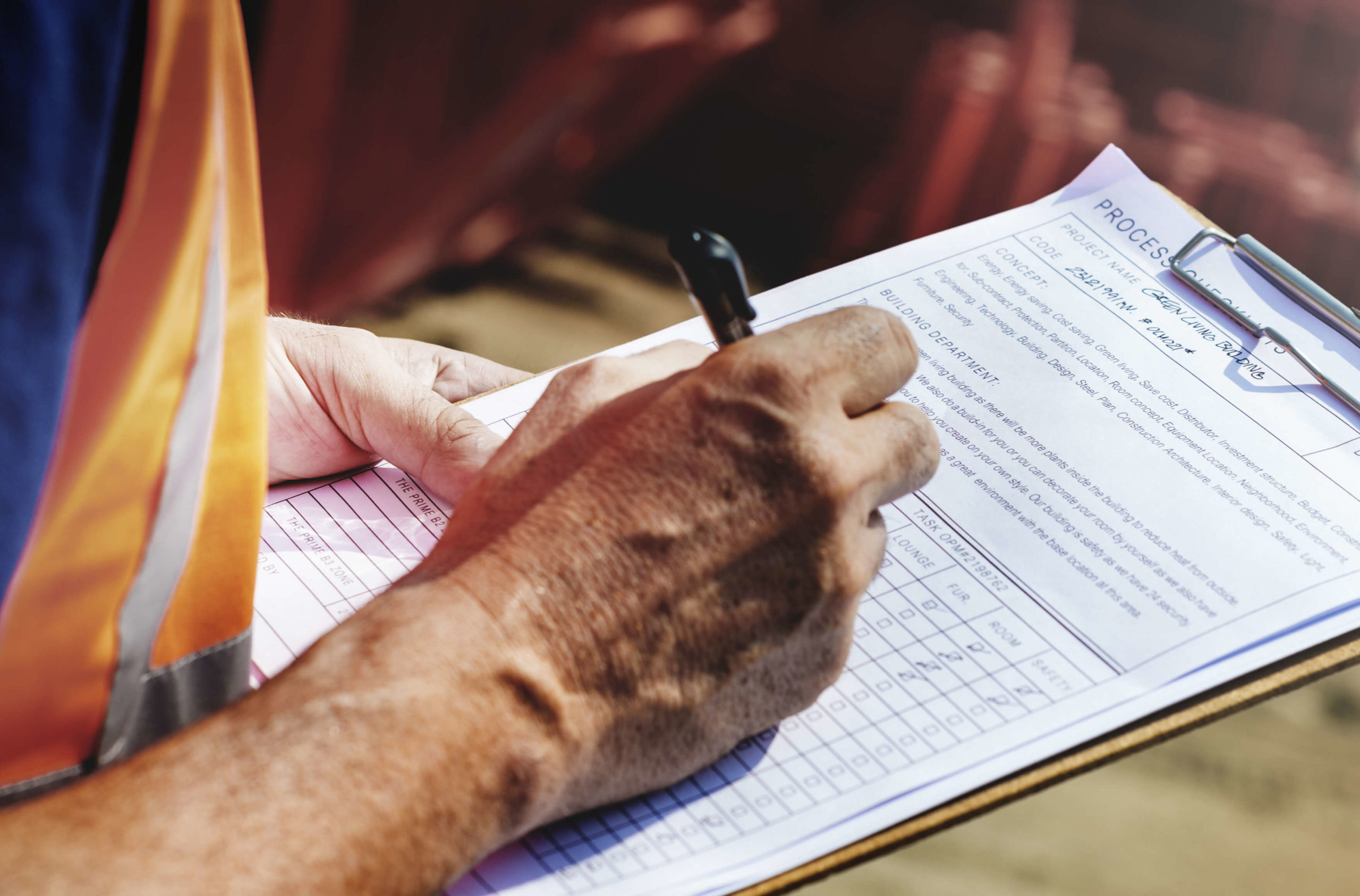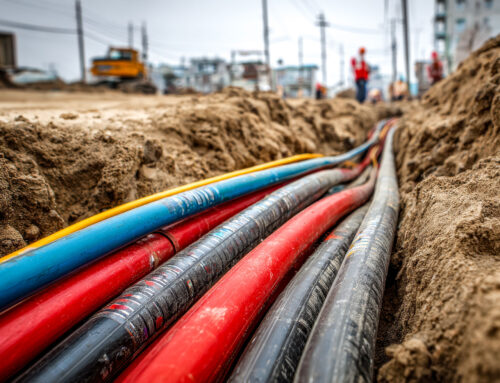Safety is a priority at manufacturing facilities, where one wrong move can cause huge delays to your production, financial burdens or worse harm an employee(s). When creating a safety checklist for your manufacturing environment, the best safety checklist is one that is developed for the specific needs of your industry. As professionals in full-service electrical contracting, commercial and industrial electrical automation, and control services, RBT Electrical and Automation is here to help you audit and create a safety checklist for the power systems and automation controls specific to the needs and requirements of your manufacturing facility.
Safety Checklists – Where to start
To begin your safety checklist, an audit of your facility should be completed to first identify potential hazards, this audit should take into consideration all types of hazards: Physical, chemical, biological, ergonomic and psychosocial. Consider the machinery or processes in your plant, are there any extension cords, missing guards or improperly stored chemicals that could start a fire? Is there a chance of a slip or fall in the facility? Are all employees properly trained to safely operate machinery? All of these questions and more can help you identify what areas should be on your list.
When creating your checklist or lists, be sure to cover every aspect of your business – that includes things like employee training checklists, vehicle safety checklists, fire inspection checklists, and health and safety checklists. While there are many checklists available online to help you get started, the best safety checklists are ones that have been developed for your specific needs.
Employee Training – Health and Safety Programs
Another thing to be considered as an integral part of your facilities safety and wellness is your employees, implement a Health and Safety program, ensure basic safety orientation and training is provided for new employees and equipment specific training is done. Whether this is conducted by an external team or an internal team, training your team on safe work practices is a great way to ensure that all health and safety standards are being understood adhered to in and out of your facility. If you’re unsure of where to begin, consult regulatory and safety websites for information. You may also consider creating a health and safety audit checklist to assess any areas of concern and potential for injury or incident. If areas of concern develop, create an emergency procedure action plan on how to deal with the risk.
Safety Culture
While safety checklists and protocols are a great way to keep your workplace safe, having a culture of safety ingrained in your work culture will help ensure every employee feels responsible for their safety and the safety of everyone around them. Be sure your employees know they will not be reprimanded or impacted negatively for bringing forth safety issues – instead, encourage them to report unsafe working conditions. Use your employees’ suggestions for safety in your checklist – nobody knows the potential for risk better than those surrounded by it every day.
Continuously improve the Safety Checklist
Continue to work on your checklist. Updating your safety checklist each time a new piece of equipment, new products, or chemicals come into the workspace will allow for new potential risks to be identified and mitigated. Be sure that each member of the team is familiar with the checklists and encourage them to identify any new risks if they see them. Keeping the workplace safe is a team effort.
The right people
Be aware of the qualifications, trade and regulatory licenses held, WSIB and sufficient insurance held by the companies or people doing work at your facility, the wrong people doing a job can be financially risky and well as potentially dangerous.
We at RBT Electrical and Automation understand how a manufacturing environment can be of potential risk to employee safety, but we also know the power of being prepared. We are proud to be licensed through the Electrical Safety Authority and continue to make our own workspaces as safe as possible, in and out of our facility. If you’re not sure where to start, give us a call – We’d be happy to assist you and share our tips and tricks for keeping your workplace safe.






